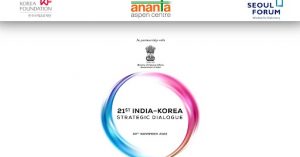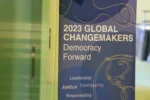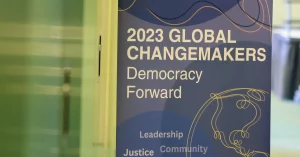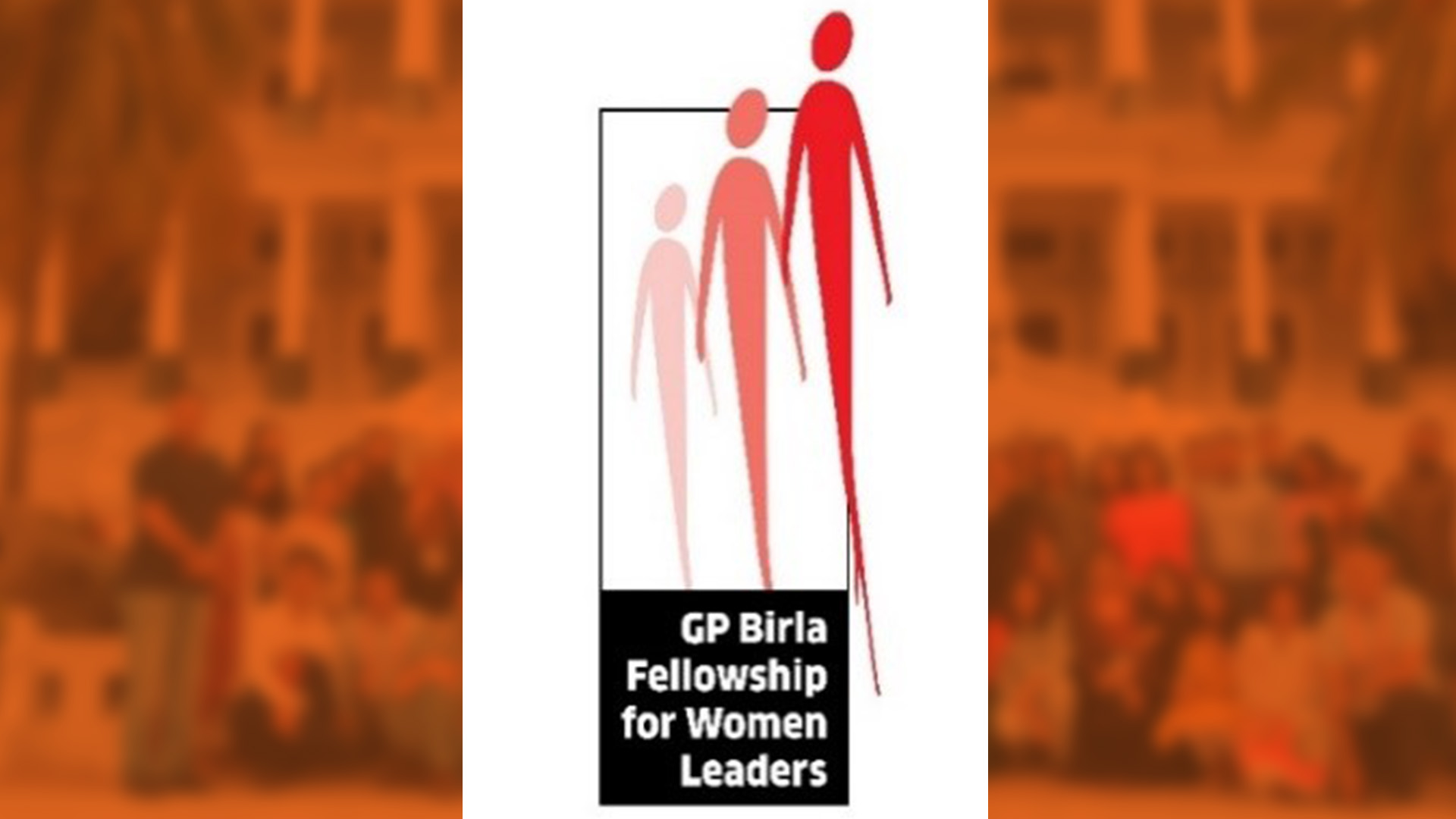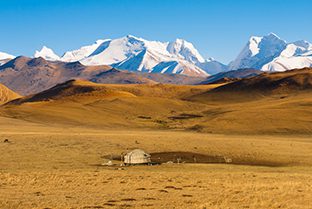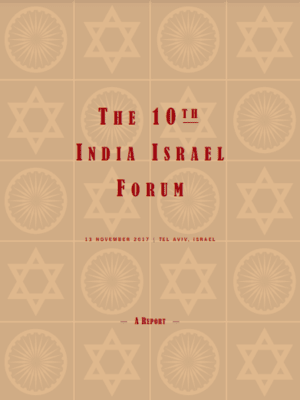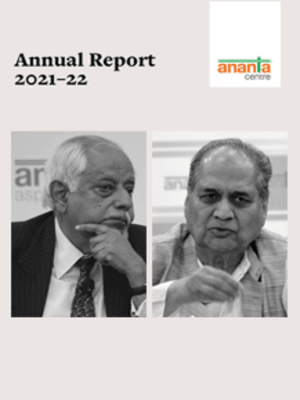HIGHLIGHTS
• IMPACT OF RACE PROTESTS IN US
On May 25, a white police offer in Minnesota placed his knee on black American George Floyd’s neck for nearly nine minutes, asphyxiating him. The murder, caught on video, triggered widespread protests. The rioting, the worst the United States has seen since the 1960s, has spread to all 50 states. The United States government’s mishandling of the Covid-19 pandemic and the subsequent surge in unemployment, both of which disproportionately affected minorities, were contributory factors. President Donald Trump inflamed the situation by denouncing the protestors as “terrorists” and projecting the crisis as a law and order issue. The riots could have a major impact on presidential elections scheduled in November.
Historical Moment?
The tumult, argue some US commentators, merging with the health and economic emergencies, could mark a social rupture as dramatic as major turning points in US history such as the Great Depression or the convulsions of 1968. Others are skeptical that a fundamental change is at hand. Historian Douglas Brinkley of Rice University says the moment resembled the trough of Richard Nixon’s presidency, when the country was divided politically over the Vietnam War.
Former US presidents George W. Bush and Barack Obama issued statements calling for the reasons for the protests to be addressed. Obama said the present crisis could serve as “a real turning point,” adding that the agitation helped “raise public awareness, to put a spotlight on injustice, and to make the powers that be uncomfortable; in fact, throughout American history, it’s only in response to protest that the political system has even paid attention to marginalized communities.”
The Economist editorialised at the potential for a greater sense of national unity. However, this would not flow from the White House but would have to arise from the grassroots. “The leaders of protest movements, along with America’s mayors and police chiefs, must inspire it themselves.”
There have been sympathetic protests in many countries, mostly in Europe, Oceania and Africa. There would have been more but social distancing norms meant many protests were banned. China and Russia, long-standing recipients of US lectures about human rights, have highlighted the brutal tactics of the US police. The International Crisis Group, known for its in-depth analysis of failing states and civil wars, wrote its first report about the US.
http://go.pardot.com/e/827843/a-81bb-c2f70f01034b-story-html/kvhf/43936270?h=Aci6PICLXKJNsEaTGEqyQCVN53_IeJ6r1GHI1RVTur8
http://go.pardot.com/e/827843/2d-4b96-9d8b-8839cf85416b-html/kvhk/43936270?h=Aci6PICLXKJNsEaTGEqyQCVN53_IeJ6r1GHI1RVTur8
http://go.pardot.com/e/827843/oft-power-draining-away-489433/kvhm/43936270?h=Aci6PICLXKJNsEaTGEqyQCVN53_IeJ6r1GHI1RVTur8
http://go.pardot.com/e/827843/ce-race-and-protest-in-america/kvhp/43936270?h=Aci6PICLXKJNsEaTGEqyQCVN53_IeJ6r1GHI1RVTur8
http://go.pardot.com/e/827843/rs-must-stop-courting-conflict/kvhr/43936270?h=Aci6PICLXKJNsEaTGEqyQCVN53_IeJ6r1GHI1RVTur8
Opinion Polls And Floyd’s Death
The first few polls show an overwhelming majority of Americans believe Floyd’s death was wrong and there is sympathy for the frustrations behind the protests. This is matched with strong disapproval of violent protests and support for strong state action against rioters.
A survey by Yahoo News/YouGov showed 84% approving the dismissal of the police involved in Floyd’s death. Two polls showed 65 and 68% approving the murder charges against the policeman who kneed him on the neck. Americans, by a two to one margin, agreed that police treated blacks differently from whites including using excessive force. Democrats were almost twice as likely to take this view as Republicans. On law and order, 70% supported curfews and 66% backed the use of the national guard irrespective of party affiliation. A simple majority backed military involvement, but heavily skewed towards Republicans.
Trump’s handling of the protests received a general thumbs down. The CBS News/YouGov poll found 32% approved the president’s response while 49% disapproved, Reuters/Ipsos found 33% approved while 56% disapproved. Republican approval of Trump’s handling of the crisis was about 20 percentage points lower than their approval of his handling of the pandemic.
http://go.pardot.com/e/827843/floyds-death-and-the-protests-/kvht/43936270?h=Aci6PICLXKJNsEaTGEqyQCVN53_IeJ6r1GHI1RVTur8
Sixties Violence Helped the Right
Princeton political scientist Omar Wasow, an expert on protests and politics, says “nonviolent protests can be very effective if they are able to get media attention.” This allows groups that are “the object of state violence are able to get particularly sympathetic press.” But this is a difficult strategy to maintain, and “when protesters engage in violence…that tends to work against their cause and interests” in terms of public support.
In the 1960s, he says, white moderates “were open to policies that advanced racial equality, and were also very concerned about order.” The civil-rights activists wanted a strategy that would advance racial equality, capture the attention of white moderates and grow a coalition of allies. “Over time the strategy that evolved was one of nonviolent protest” which actively sought to trigger police chiefs to engage in spectacles of violence and “shock the conscience of the nation.” Wasow says, “It isn’t just nonviolence that is effective, but nonviolence met with state and vigilante brutality that is effective.” The problem was that the images of violence led to a more militant civil rights movement, including race riots. After these, “white moderates who supported the Democratic Party after the passage of the Civil Rights Act of 1964 defected to the Republican Party in 1968.” White moderates were part of the Democratic coalition “as long as they perceive there to be order, but when they perceive there to be too much disorder they “shift to the party that has owned the issue of order.”
http://go.pardot.com/e/827843/ts-change-politics-utm-source-/kvhw/43936270?h=Aci6PICLXKJNsEaTGEqyQCVN53_IeJ6r1GHI1RVTur8
http://go.pardot.com/e/827843/rb-george-floyd-protests-trump/kvj1/43936270?h=Aci6PICLXKJNsEaTGEqyQCVN53_IeJ6r1GHI1RVTur8
Biden’s Weak Poll Lead
Before the race riots broke out, Trump was attracting negative ratings for his handling of the pandemic while continuing to receive kudos for the economy. Joe Biden, who became the official Democratic Party candidate on June 5, had emerged with a clear national lead in the polls. The average of eight polls taken in May by realclearpolitics.com, mostly done before the protests, gave Biden an average lead of +7.2%. A Morning Consult poll had 45% of registered voters more likely to vote for Biden because of the protests and 31% more likely to vote for Trump.
A Washington Post-ABC News poll which had Biden 10 percentage points ahead, however, showed his supporters much less enthusiastic about their candidate. Among Trump supporters, 84% of adults say they would definitely vote for him, compared with 68% for Biden. The Democrat’s lead reduces by half if only voters who are “certain” to vote are counted.
Among the groups unexcited about Biden are young black Americans. The concern Democrats have is that Floyd’s death will lead them to sit out the elections. “This is a moment where people are disillusioned in institutions,” said Branden Snyder, executive director of Detroit Action, an NGO that mobilises minority voters. “I’m worried that a lot of our first-time voters, and a lot of them are young voters, are going … to completely opt out of the system.”
http://go.pardot.com/e/827843/a-9590-1858a893bd59-story-html/kvj3/43936270?h=Aci6PICLXKJNsEaTGEqyQCVN53_IeJ6r1GHI1RVTur8
http://go.pardot.com/e/827843/6-05-black-voters-biden-301850/kvj7/43936270?h=Aci6PICLXKJNsEaTGEqyQCVN53_IeJ6r1GHI1RVTur8
http://go.pardot.com/e/827843/tabs-POLICE-RVs-FINAL-LM-1-pdf/kvj9/43936270?h=Aci6PICLXKJNsEaTGEqyQCVN53_IeJ6r1GHI1RVTur8
Caught in a Vice
Biden has promised he will choose a female as a vice-presidential running mate. That still leaves the door open to a number of candidates and the riots have made the political calculations more complicated. A number of the front-runners have backgrounds in law and order and their selection would antagonize black Americans. On the other hand, if white swing voters focus on security issues then these candidates would help win them over.
Senator Amy Klobuchar is a former local prosecutor from Minnesota where Floyd was killed and is likely to be treated as politically radioactive. But two of the other candidates, Senator Kamala Harris and Representative Val Demings, also have law and order backgrounds. Harris, of both Indian and black ancestry, was once a state attorney general and local prosecutor. There has been a sustained campaign “to push a ‘Kamala is a cop’ narrative designed to diminish and disqualify her in the eyes of the left.” Harris has expressed regret for backing some controversial laws. Demings, the descendant of black slaves, is a former police chief but untested in national politics.
The continuing tussle between the mainstream and hard left of the Democratic Party threatens to claim New York Representative Eliot Engel, best known in India as the head of the House of Representatives Foreign Relations Committee. Engels faces a battle to be his party’s candidate though he has held his seat for 16 terms. The Democratic left has already endorsed Jamaal Bowman for the June 23rd primary.
http://go.pardot.com/e/827843/ota-political-landscape-290082/kvjc/43936270?h=Aci6PICLXKJNsEaTGEqyQCVN53_IeJ6r1GHI1RVTur8
http://go.pardot.com/e/827843/-president-george-floyd-291063/kvjf/43936270?h=Aci6PICLXKJNsEaTGEqyQCVN53_IeJ6r1GHI1RVTur8
http://go.pardot.com/e/827843/val-demings-column-5299142002-/kvjh/43936270?h=Aci6PICLXKJNsEaTGEqyQCVN53_IeJ6r1GHI1RVTur8
http://go.pardot.com/e/827843/40cbc89631b-html-utm-campaign-/kvjk/43936270?h=Aci6PICLXKJNsEaTGEqyQCVN53_IeJ6r1GHI1RVTur8
Threats of Trump
Over the years Trump has issued a never-ending stream of threats, irrespective of how credible they are and who the target is. Politico.com listed how the US president threatens corporations like Twitter, General Motors and Harley-Davidson; senior government officials and a long line of political opponents; foreign governments whether friend and foe such as South Korea and North Korea; and, in particular, the media and individual journalists. He issued off-the-cuff trade threats against India over shipments of hydroxychloroquine.
This seems to be a style brought over from his real estate days where he was famous for putting his face close to a business rival, baring his teeth and firing a barrage of legal warnings. “His former lawyer Michael Cohen told Congress [that] Trump directed him to make at least 500 threats to businesses and journalists over 10 years of representation.” The difference between a businessman and a president making threats “is that a president possesses the coercive power to make good on the intimidating words.” Trump often lacks the authority to carry his threats, like shutting down Twitter, but the other side must assume officials and government agencies lower down could take him at his word. The US president has gone through with some of this threats – most notably in the area of trade – but by “mixing up the real with the fake threats, Trump keeps everybody on edge.”
http://go.pardot.com/e/827843/f-trumps-hollow-threats-285044/kvjp/43936270?h=Aci6PICLXKJNsEaTGEqyQCVN53_IeJ6r1GHI1RVTur8
http://go.pardot.com/e/827843/ts-over-10-years-idUSKCN1QG2MM/kvjr/43936270?h=Aci6PICLXKJNsEaTGEqyQCVN53_IeJ6r1GHI1RVTur8
Red and Black History
Maoist China carefully tracked the US civil rights movement in the 1960s and sought to influence some of the black leaders. Mao Zedong argued that “racial struggle is fundamentally a matter of class struggle” and wooed a number of prominent black leftist leaders like Robert F. Williams who visited China in 1964. Research into the Chinese Communist Party files has come up with speeches from Chinese worker, student, and women leaders who drew “explicit parallels between Chinese historical experiences of semi-colonialism and contemporary black American movements; they decried race-based discrimination and lauded national liberation movements.” For Maoist China it was an element of its internationalist strategy and a practical way to show sensitivity to racism in world affairs “while advocating non-racial solutions.”
A new book on the rise and fall of the Communist Party in the Deep South during the 1940s (Mary Stanton, Red, Black, White: The Alabama Communist Party 1930-1950) shows the importance the party development of a legal-cum-media strategy to publicize numerous social injustices “helped lay the foundation for the organized civil rights movement that emerged in the late 1940s and early 1950s.” The party, backed by black intellectuals like W. E. B. Dubois, sought to convince the white and black working classes in industrial Alabama cities like Birmingham that their real enemy was capitalism rather than race. The party did not last, but its tactics and organisational skills left a legacy.
http://go.pardot.com/e/827843/-as-class-struggle-7673f2a6abb/kvjt/43936270?h=Aci6PICLXKJNsEaTGEqyQCVN53_IeJ6r1GHI1RVTur8
http://go.pardot.com/e/827843/-communist-party-mary-stanton-/kvjw/43936270?h=Aci6PICLXKJNsEaTGEqyQCVN53_IeJ6r1GHI1RVTur8
****
………………………………………………………………………………………………
(The views expressed are personal)
………………………………………………………………………………………………






